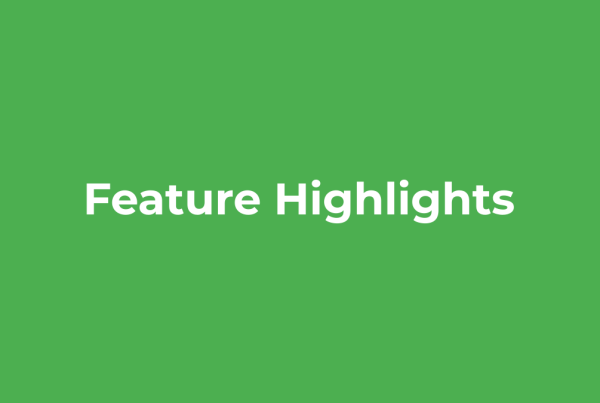
Are you leveraging your feature highlights to their full potential? While showcasing new capabilities is exciting, many teams inadvertently make critical mistakes that undermine their impact. This guide reveals the most common errors in presenting feature highlights and provides actionable strategies to ensure your announcements drive adoption and engagement rather than confusion.
Contents
Overwhelming Users with Too Much Information
The most frequent mistake is the “kitchen sink” approach—dumping every technical detail and minor improvement on users at once. This information overload causes decision fatigue, making it difficult for your audience to identify the most valuable updates. Users are busy; they need you to curate and prioritize information so they can quickly understand what matters most to them.
- Tip: Limit your primary highlight announcements to 3-5 key features per release cycle.
- Example: Instead of listing 15 new API endpoints, highlight the 2-3 that solve the most common user pain points, with the full changelog available via a “See all updates” link.
- Strategy: Create tiered communication—a quick summary for all users, with detailed documentation accessible for power users who need it.
Ignoring the “What’s In It For Me?” Factor
Many feature highlights focus on technical specifications (“We added support for WebP images”) rather than user benefits (“Now load pages 30% faster with next-gen image formats”). Users don’t care about features; they care about what those features enable them to achieve. When you lead with technical details instead of outcomes, you force users to translate capabilities into benefits themselves—a step many won’t take.
- Tip: Frame every feature highlight as a solution to a specific user problem or opportunity.
- Example: Instead of “New bulk action API,” try “Process 100x more data in seconds with our new bulk action API.”
- Strategy: Use the “So That” method: “We built [Feature] so that you can [User Benefit].”
Poor Timing and Communication Strategy
Announcing features too early (before users can access them) or too late (after they’ve already discovered them) diminishes excitement and trust. Sporadic communication creates confusion, while bombarding users with constant updates leads to notification fatigue. The timing and frequency of your feature announcements significantly impact their reception and adoption rates.
- Tip: Time announcements to coincide with feature availability and align with your users’ natural workflow cycles.
- Example: For B2B products, avoid major announcements on Monday mornings or Friday afternoons when attention is divided.
- Strategy: Establish a consistent release communication schedule (e.g., bi-weekly or monthly highlight emails) so users know when to expect updates.
Lack of Supporting Visuals and Documentation
Text-only feature announcements consistently underperform compared to those with visual support. Screenshots, short video demonstrations, or interactive walkthroughs dramatically increase comprehension and engagement. Similarly, announcing a feature without immediately providing documentation, tutorials, or access information frustrates eager users who want to explore the new capability.
- Tip: Always include at least one visual element (screenshot, GIF, or diagram) with every feature highlight.
- Example: A 15-30 second screen recording showing the feature in action is more effective than paragraphs of descriptive text.
- Strategy: Prepare documentation and support resources before announcement, and link to them directly from your highlight communication.
Failing to Measure Impact and Iterate
Many teams treat feature announcements as one-way communication without establishing feedback loops or success metrics. Without tracking how users engage with your highlights, you cannot improve your communication strategy or understand which features resonate most. This leads to repeated mistakes and missed opportunities to better serve your audience.
- Tip: Track click-through rates, documentation views, and feature adoption metrics for each highlight.
- Example: Use UTM parameters on links in announcement emails to measure engagement in your analytics platform.
- Strategy: Send follow-up surveys to a segment of users asking which recent features they find most valuable and why.
Conclusion
- Prioritize Ruthlessly: Focus on 3-5 key features per release to prevent user overload.
- Lead with Benefits: Always answer “What’s in it for me?” before explaining technical details.
- Time Strategically: Coordinate announcements with availability and user schedules.
- Show, Don’t Just Tell: Incorporate visuals and immediate access to documentation.
- Measure and Adapt: Track engagement and gather feedback to continuously improve.
Ready to transform how you present new features? Explore more expert strategies and feature deep-dives at https://ailabs.lk/category/product-updates/feature-highlights/




